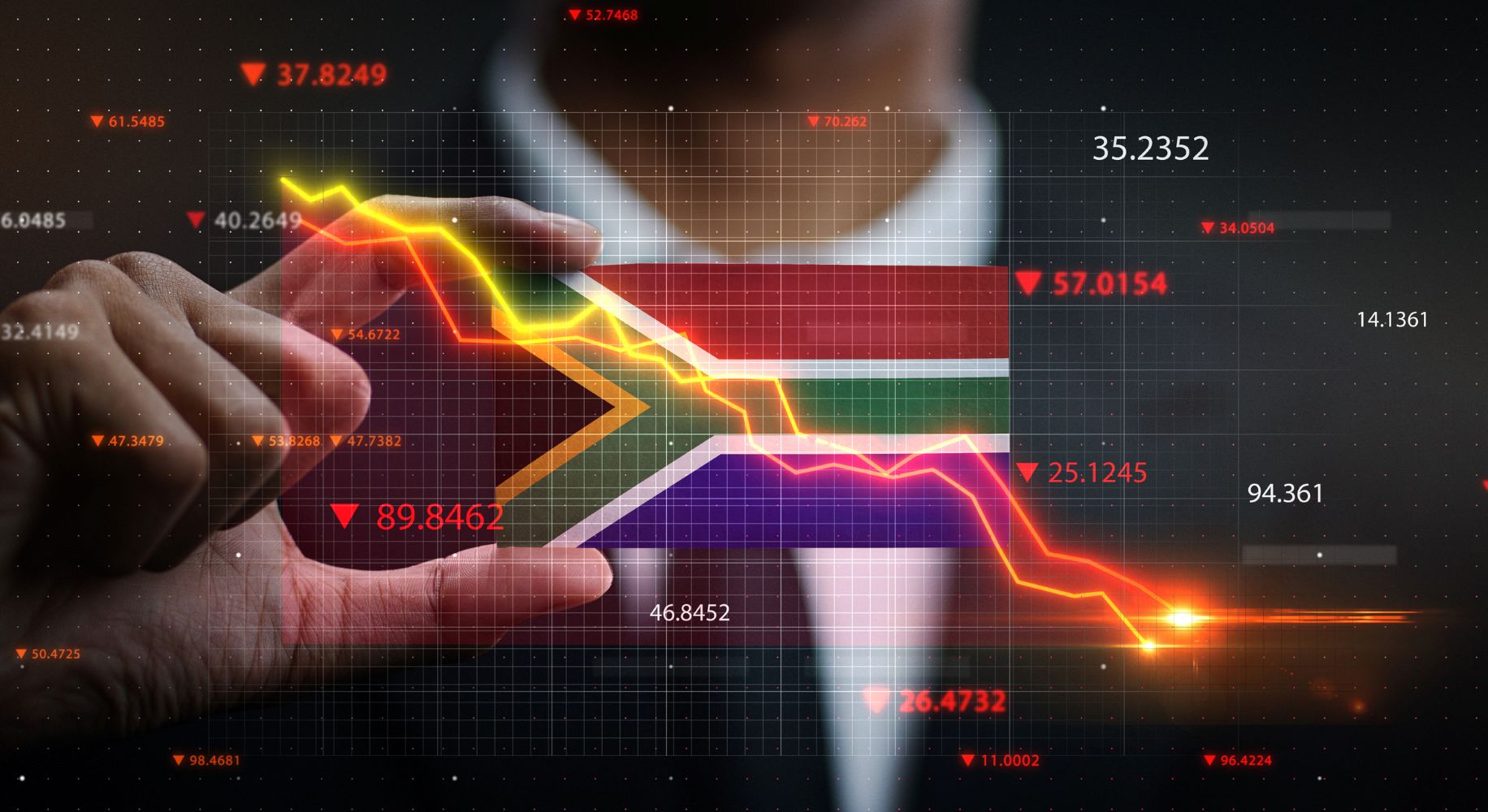Economic indicators also painted a bleak picture for jobs and mining production, with the unemployment rate rising to 32.9%.
While economic indicators did not bring good news about jobs and mining production this week, the rand strengthened, although gold lost some of its shine.
All eyes are now on Finance Minster Enoch Godongwana, who will try for the third time to deliver Budget 2025 on Wednesday, while the inflation rate for April will be announced on the same day and president Cyril Ramaphosa will visit the White House to talk US president Donald Trump out of punishing South Africa for the “ugly things” happening to Afrikaners in the country.
Tracey-Lee Solomon, economist at the Bureau for Economic Research (BER), says the rand appreciated 0.6% against the dollar and posted stronger gains of 1.4% against the euro and 0.8% against the pound, closing Thursday at its strongest level against the dollar so far this year. The rand dipped even lower to R18/$ on Friday morning, and ended the day trading at R18.0/$.
Bianca Botes, director at Citadel Global, says the stronger rand was buoyed by a weaker greenback and anticipation of a key meeting between Ramaphosa and Trump, as well as news that a new inflation target will be announced soon.
Isaac Matshego and Busisiwe Nkonki, economists at the Nedbank Group Economic Unit, say the rand was supported by a recovery in global risk sentiment sparked by the tariff compromise between the US and China following trade talks in Geneva last weekend.
ALSO READ: Economic activity slows in April as economy struggles
Gold and oil moved in different directions thanks to trade optimism
But as the rand scores, gold suffers. Solomon says the shift toward a risk-on sentiment was evident in the retreat of safe-haven assets. The gold price dropped 4.4% week-on-week, hitting its lowest level since early April on Wednesday.
She points out that oil prices climbed on the back of trade optimism, renewed sanctions on Iranian crude and OPEC+’s restraint on production increases in April despite higher quotas. Brent crude rose by 2.7% for the week but late-week hopes for a US-Iran nuclear deal lowered prices.
Botes says the gold price fell to around $3,220/ounce early Friday morning, heading for a weekly loss of more than 3%. “This decline was driven by a reduction in global trade tensions, which lessened the metal’s appeal as a safe investment. Recent agreements to ease tariffs and the calming of certain geopolitical risks contributed to this shift, although some international negotiations showed little movement.”
She says crude oil prices hovered near $61/barrel. “Optimism about improved trade relations supported oil demand, but gains were limited by the possibility of increased supply from certain producers and a surprise increase in inventories. Forecasts for higher global oil output, as some major exporters increased production, also added further pressure on prices.
ALSO READ: Increased unemployment rate red flag for weak economic growth
Unemployment increased again in the first quarter
Unemployment increased again in the first quarter, reversing the gains at the end of 2024. According to Statistics SA’s Quarterly Labour Force Survey, the unemployment rate increased by 1 percentage point to 32.9% in the first quarter of 2025, reversing the 1% percentage point improvement recorded in the previous quarter.
Damian Maart, economist at the BER, says the increase in unemployment stems from the entry of recent school leavers into the labour market and expected seasonal job losses after the holiday period.
“While the first-quarter uptick in unemployment is concerning, it aligns with historical trends and does not appear to be an outlier when compared with past first-quarter data.”
Matshego and Nkonki say demand conditions have not improved sufficiently to utilise spare capacity and drive companies to increase hiring or expand their operations, while seasonal factors also played a role, especially in the domestic trade sector, which shed 194 000 jobs.
ALSO READ: Salary survey shows gap between increases and inflation narrowing
Not unusual for unemployment to increase in first quarter
They also say that employment usually declines in the first quarter after a seasonal and temporary surge over the holiday season. “Besides domestic trade, construction and private households also reduced their workforce, while transport, finance and utilities created more jobs. Despite the disappointing outcome, employment still increased by 43 000 compared to the same period last year.”
Mamello Matikinca-Ngwenya, Siphamandla Mkhwanazi, Thanda Sithole and Koketso Mano, economists at FNB, say the fact that the absorption rate decreased by 0.8% to 40.3% suggests a moderate deterioration in the economy’s ability to create jobs.
“At this rate, a significant proportion of the working-age population is still left out of the economy, emphasising the need for faster and labour-intensive growth. The near-term cyclical outlook for the labour market is clouded by elevated global uncertainty, including the impact of US trade tariffs. However, continued structural reforms should, over the medium term, support employment creation.”
ALSO READ: Mining production disappoints again
Mining production decreases again despite less load shedding
According to Statistics SA, mining production outperformed expectations in March, showing a notable improvement and declining by “just” 2.8% after a 9.8% contraction in February, Maart says.
Matikinca-Ngwenya, Mkhwanazi, Sithole and Mano say the data confirms that the mining sector dragged GDP growth during the first three months of 2025, with output contracting by 4.5% compared to the fourth quarter of 2024, worse than the 0.7% contraction recorded in the fourth quarter.
“This, together with the quarterly weakness recorded in the manufacturing and electricity sectors, poses a downside risk to the GDP growth estimate for the first quarter. The remaining high-frequency data to be published over the next two weeks will give a clearer picture of how the economy performed.
“At this stage, we pencil in 0.2% quarterly GDP growth for the first quarter, which is lower than the 0.6% quarterly growth recorded in the fourth quarter.”
Matshego and Nkonki say that generally inefficient domestic logistics, subdued global demand and stagnant commodity prices continued to weigh on the sector’s performance.
